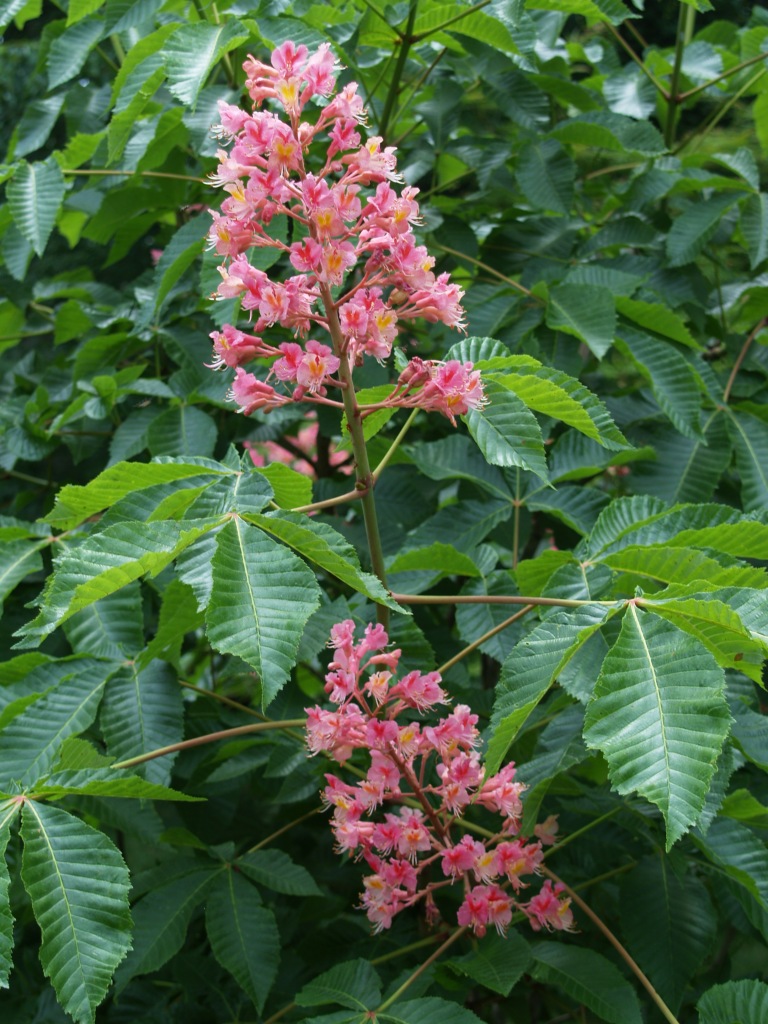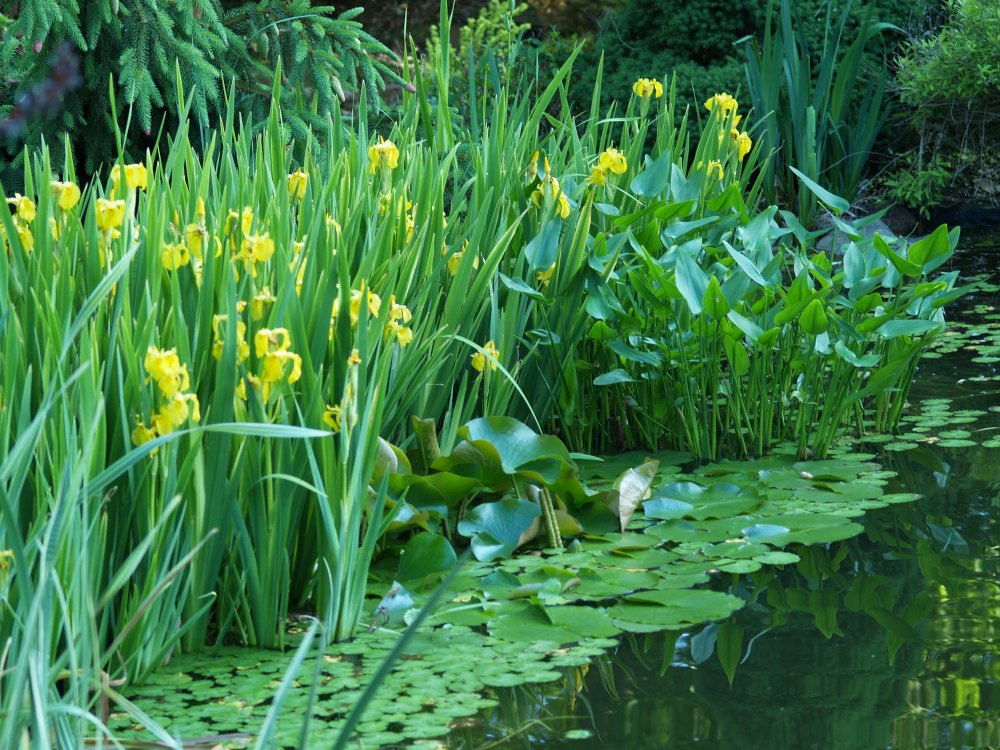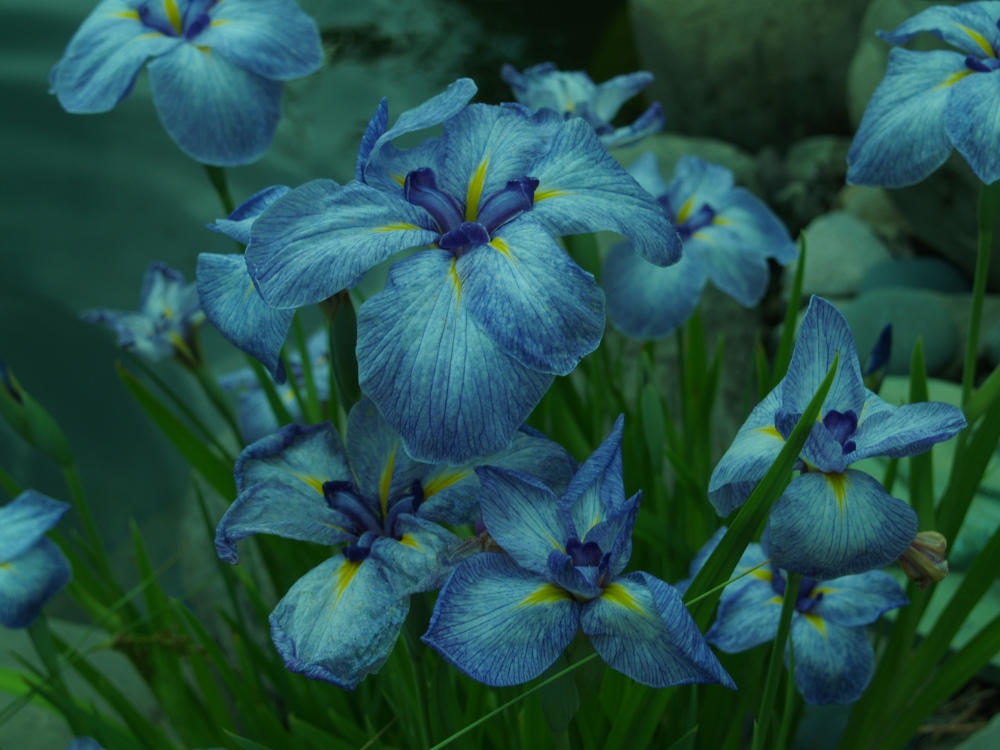A lack of space has dictated that no significant changes have been made to the garden in recent years. While hardly noticeable, dozens of low growing perennials have been planted to cover open ground beneath trees and shrubs to help prevent weeds that require too much time to keep up with. This has been moderately successful in the short term, and greater rewards are expected. If an inventory was taken, it’s likely that handfuls of shrubs have been planted in this period, but there have been no new ponds or patios, and for every shrub that was added, one was probably removed.
Storm damage has mandated several changes, though these would hardly be recognized if one was not a regular visitor to the garden. A Seven Son tree (Heptacodium miconioides) snapped in a summer storm, and when it did not send sucker growth from the roots as expected, it was replaced by a red Horse chestnut (Aesculus × carnea, above). The decision was second guessed more than a few times, but I’ve come to regard this as a superb addition to the garden, and possibly more valued than the exceptional Seven Son. One day, I expect, the horse chestnut could grow too large for the spot, but with multiple trunks the fast growing Seven Son had spread too far in only a few years, while the more upright growing horse chestnut is unlikely to become a problem until I’m dead and gone.

Parts of the garden continue to mature, and often small areas go unnoticed until an afternoon when the gardener turns his head, and hey, where did that come from? Without grabbing earlier attention, ferns and hostas have spread just as envisioned when they were planted, and a small space is now just right. A corner of the long stream is shaded perfectly so that textures and colors of moss covered stones, evergreen sweetbox (Sarcococca hookeriana var. humilis) and golden Forest grass (Hakonechloa macra ‘Aureola’) blend better than could be imagined.

Irises that surround the koi pond have filled to cover every open space between boulders, though not enough to close gaps that offer refuge to a pair of Northern Brown water snakes that endlessly irritate my wife. The dozens of koi seem unperturbed by the snakes’ presence, but my wife is not easily deterred once her ire is aroused. I have lived so long by carefully avoiding her wrath. The snakes, I suspect, will not be so fortunate, whether they are a threat, or not.
Admittedly, I must be cautious of what lurks beneath boulders as I weed out stray Yellow flag irises (Iris pseudacorus, above) that pop up in every clump of more valued Japanese iris (Iris ensata, below). The yellow flags serve their purpose filtering contaminants in the large pond, and I am vigilant watching that none escape into the nearby wetlands. A hundred feet of wetlands that is maintained with moisture tolerant shrubs and perennials remain clear of the invasive yellow flags, so I am confident that none have escaped into the wild area below. This is fortunate since there is no method that could possibly eradicate the irises in the koi pond short of draining it.
